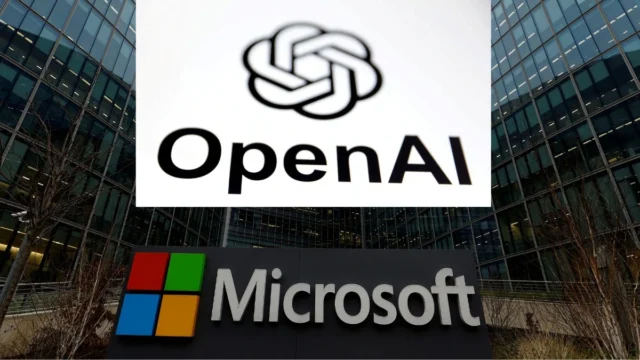
In a significant stride toward pioneering the next generation of artificial intelligence, Microsoft and OpenAI have disclosed plans to create a supercomputer named “Stargate” with an estimated cost of $100 billion. This ambitious project aims to enhance AI capabilities beyond current thresholds, positioning it as a pivotal development in the AI and technology sector.
The collaboration between Microsoft and OpenAI, the entity behind the popular ChatGPT, is not new but this venture marks a monumental leap in their partnership. Slated for completion around 2028, “Stargate” is the proposed culmination of a five-phase plan that seeks to build a series of supercomputers within the next six years. This initiative is not just about scaling computing power but significantly advancing AI’s potential, indicating a future where artificial intelligence can achieve unprecedented levels of sophistication and utility.
Stargate’s design involves millions of specialized server chips, hinting at a computational behemoth that could redefine the boundaries of AI research and application. Microsoft, having already committed more than $13 billion to OpenAI, is expected to foot the bill for this colossal project. The strategic alliance sees OpenAI leveraging Microsoft’s data centers for powering its generative AI systems like ChatGPT, in exchange for exclusive rights granted to Microsoft to resell OpenAI’s technology to its clientele.
The project, however, extends beyond the realms of finance and technology. It encompasses the challenge of sourcing sufficient server chips amid a global demand surge, possibly necessitating the exploration of alternative power sources, including nuclear energy, to meet its substantial energy requirements. These details underscore the logistical and technical hurdles that accompany the ambition of constructing such an advanced AI supercomputer.
Interestingly, the project has stirred a mix of anticipation and concern within the industry. While it signals massive investment and confidence in the AI sector’s growth, it also raises questions about Microsoft’s evolving role as a significant, perhaps dominant, player in AI infrastructure. The endeavor also underscores the current AI chip market dynamics, dominated by a few players like Nvidia, prompting OpenAI’s Sam Altman to express interest in developing their chips amidst what he describes as a “brutal” market scenario.
The exact location for Stargate remains undecided, with discussions around whether it will be housed in a single data center or span several facilities. This uncertainty, along with the technical challenges of enhancing chip performance and managing heat dissipation, illustrates the complex engineering feats that lie ahead.
In essence, Stargate is not merely a project about building a supercomputer but a vision that encapsulates the future trajectory of artificial intelligence. It embodies the aspiration to push AI into new frontiers, driven by a partnership that melds OpenAI’s innovative prowess with Microsoft’s infrastructure and financial muscle. As this ambitious plan unfolds, it promises to catalyze a transformative phase in AI’s evolution, heralding a future where AI’s potential is boundless and its impact, profound.
This overview is synthesized from detailed reports from Yahoo News, Gadgets 360, and DNYUZ, which provide comprehensive insights into the scope, implications, and challenges of the Stargate project.










